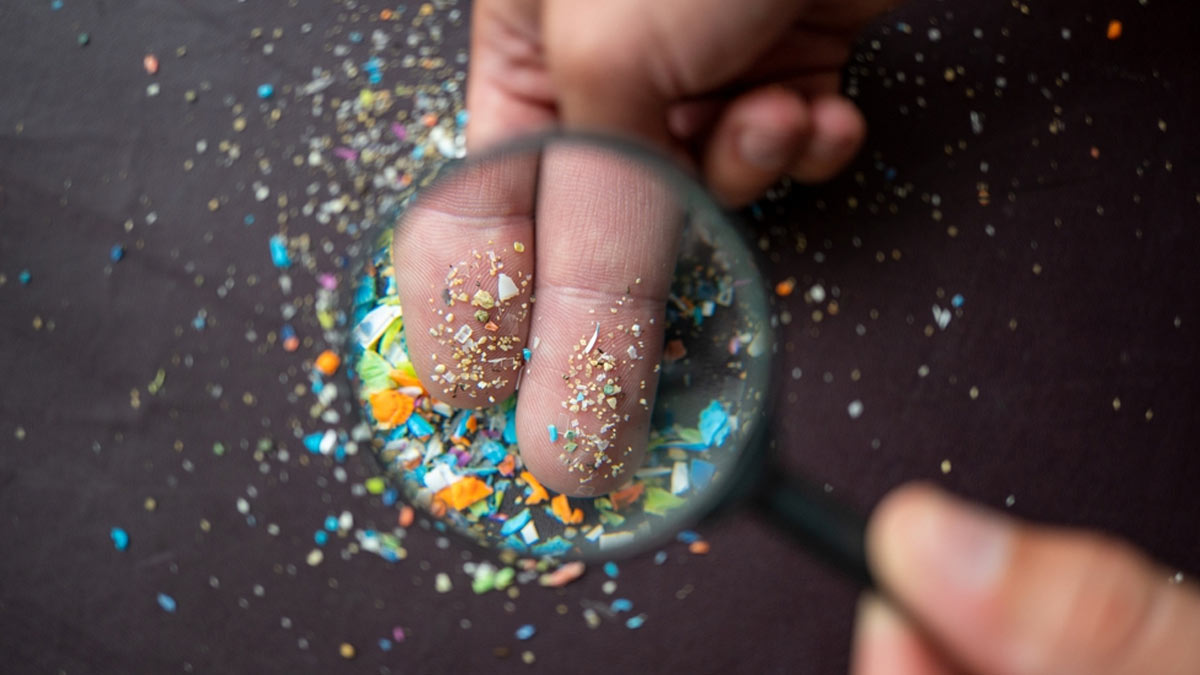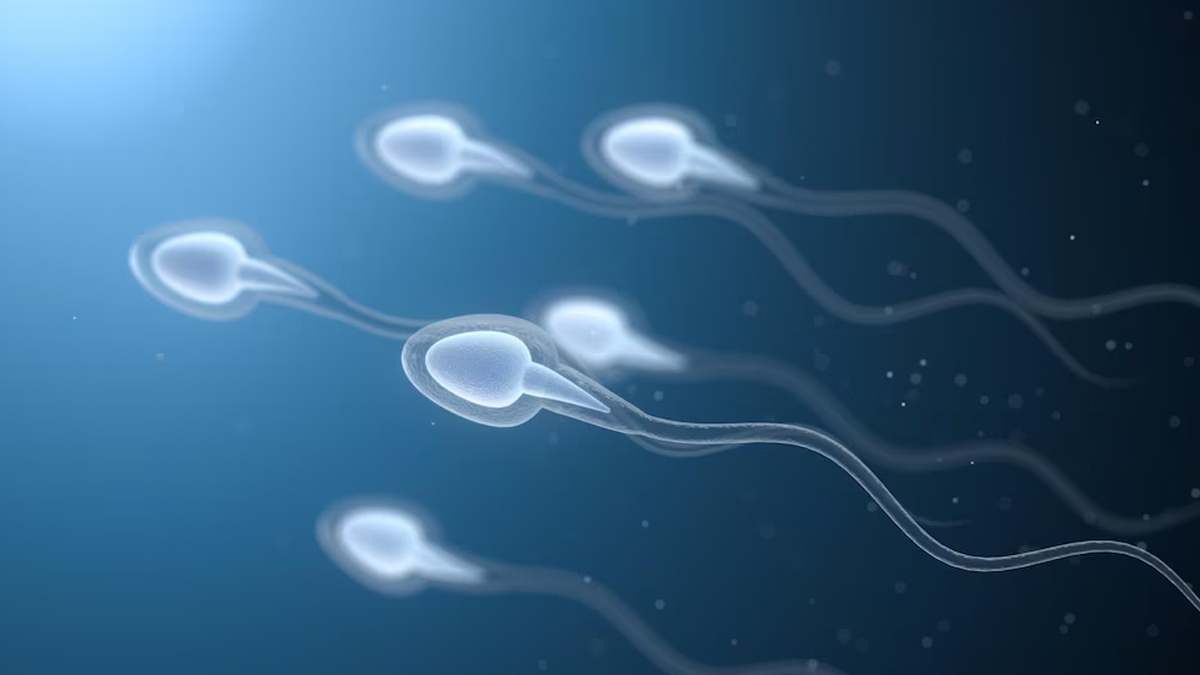
A shocking discovery has come forward that has once again established that microplastics are omnipresent. These minuscule polymers, originating from the approximately 400 million metric tons of plastic produced annually, infiltrate our food and water, consequently entering our bodies.
Table of Content:-
A study published in Toxicological Sciences last week examined 23 human testicles and 47 dog testicles, discovering microplastics in every sample. Additionally, it was found that dog testes with higher concentrations of specific microplastics tended to have lower sperm counts. This research builds on earlier findings, such as a study from February that detected microplastics in all tested samples of the human placenta, the vital organ that supplies oxygen and nutrients to a developing fetus.
Microplastics Found In Human Body
Researchers have time and again reiterated that there hasn't been a single body part examined where microplastics haven't been found. So far, microplastics have been discovered in seminal fluid, the placenta, stool, blood, and breast milk. This prevalence makes sense considering the significant amount of plastic production, which has doubled since 2000 and is projected to triple by 2060.

How Do Microplastics Enter Testicles?
Microplastics enter our bodies through drinking, eating, and breathing. For example, microplastics from car tyres can become airborne and inhaled.
In the case of testicles, the research shared that microplastics travel through the body via the bloodstream. Some particles are extremely small, allowing them to diffuse into various tissues supplied by blood. The study hypothesises that these microplastics could be present in ovaries as well.
Effect Of Microplastics On Men’s Health
According to a study published in the International Journal of Environmental Research and Public Health, here’s how microplastics can be a threat to male fertility:
Also Read: Columbia Study Finds 2,40,000 Nanoplastics In 1L Bottled Water: Here’s How It Can Damage Your Health

- Decreased Sperm Count and Quality: In the testes, microplastics are associated with reduced sperm count and impaired sperm quality. Reduced sperm count and quality can lead to decreased fertility and challenges in conceiving.
- Hormonal Disruption: Some microplastics contain chemicals that act as endocrine disruptors, interfering with the body's hormone systems. These disruptions can affect the production and regulation of hormones essential for reproductive health. The altered levels of testosterone, affect sperm production and overall male reproductive health.
- Oxidative Stress and Cellular Damage: Microplastics can induce oxidative stress, producing reactive oxygen species (ROS). This oxidative stress can damage cells and tissues in the testes.
- Inflammation: The presence of foreign particles like microplastics in the body can trigger an inflammatory response. Chronic inflammation in the testes can lead to tissue damage and impair reproductive function.
- Genetic Damage: Microplastic exposure has been linked to DNA damage in reproductive cells. This genetic damage can have significant implications for sperm quality and the health of future generations.
How To Avoid Microplastics?
Experts online have listed the following ways that can help you limit your exposure to harmful microplastics:
- Avoid microwaving food in plastic.
- Reduce the use of plastic water bottles and other plastic containers.
- Eat less food prepared outside the home.
To avoid the impact of microplastics, you can start making changes immediately. Besides personal actions, collective efforts are essential. Reducing plastic production through international treaties and governmental regulations can help mitigate health effects. Regulations can drive innovation, and addressing the source of plastics—fossil fuels—can simultaneously tackle climate change and reduce microplastic production. We need proactive measures to prevent future health issues related to microplastics, similar to our current efforts against climate change.
How we keep this article up to date:
We work with experts and keep a close eye on the latest in health and wellness. Whenever there is a new research or helpful information, we update our articles with accurate and useful advice.
Current Version